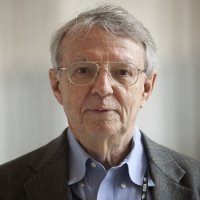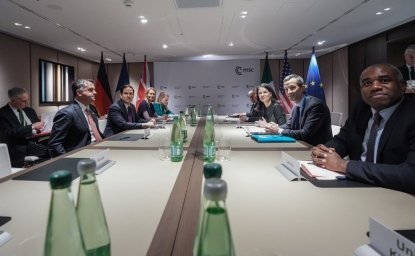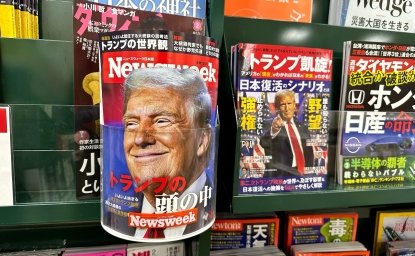Friction between Saudi Arabia and the U.S. over coalition actions in Yemen underscores how the agreement announced this week on Iran’s nuclear program threatens to widen a rift between Washington and its most important Arab ally in the Persian Gulf.
President Barack Obama and the Saudi foreign minister met Friday to discuss the nuclear deal. Saudi Arabia, which regards Iran as its arch rival in the Gulf, has voiced lukewarm support for the agreement, but not long ago the kingdom’s official line was much harsher. In March, longtime Foreign Minister Saud el-Faisal–who died this month, not long after he retired–condemned Iran’s “aggressive policies and interference in the countries of the region” and said that “it is impossible to give Iran deals it does not deserve.”
While President Obama is seeking to open a new era in U.S.-Iranian relations, Saudi Arabia and Iran appear to be headed toward a showdown. The Saudis lead a coalition of nine Arab nations in a campaign to drive Iranian-backed Houthi rebels from power in Yemen–and have demonstrated their willingness to confront Tehran’s proxies with force. The Saudis need U.S. logistical and intelligence support for their air campaign in Yemen. Meanwhile, the Obama administration seeks Saudi support for its campaign to degrade Islamic State in Iraq and Syria. The allies are at loggerheads over Syria, where the Saudis want to concentrate on ending the regime of Bashar al-Assad and the U.S. is focusing on ISIS. But tensions are clear over Yemen: The United States had pressed for a week-long “humanitarian pause” in fighting to allow emergency food and medical supplies into Yemen and encourage negotiations for a political settlement. It was supposed to start July 10 and last to the end of Ramadan on July 17.
The Saudis initially seemed likely to comply, but at the last moment they rejected a cease-fire, saying that the Arab coalition had not been formally asked by the internationally recognized government of Yemeni President Abed Rabbo Mansour Hadi to stop the bombing. This is a flimsy pretext given that the president’s government is currently headquartered in the Saudi capital.
During a telephone call to Saudi King Salman on Tuesday, President Obama reportedly expressed the “urgency” of stopping the fighting and facilitating relief efforts. Although the Saudi-led air campaign continues, some food and medical supplies are reaching Yemenis. This week, pro-Hadi forces recaptured control of the airport in the southern city of Aden and later pushed Iranian-backed forces out of the port and several key districts there. The Saudis and their Yemeni allies are likely to feel encouraged to fight on, despite U.S. efforts to the contrary.
The U.S. and Saudi Arabia are going in opposite directions over Iran, with the U.S. relying on diplomacy and the Saudis ramping up for military confrontation. So long as Saudi Arabia is determined to confront Tehran, Yemen promises to remain a major point of contention–-and will complicate President Obama’s efforts to resolve other Middle East conflicts at the negotiating table.
The opinions expressed here are solely those of the author.
This article was originally published in The Wall Street Journal's Washington Wire.





